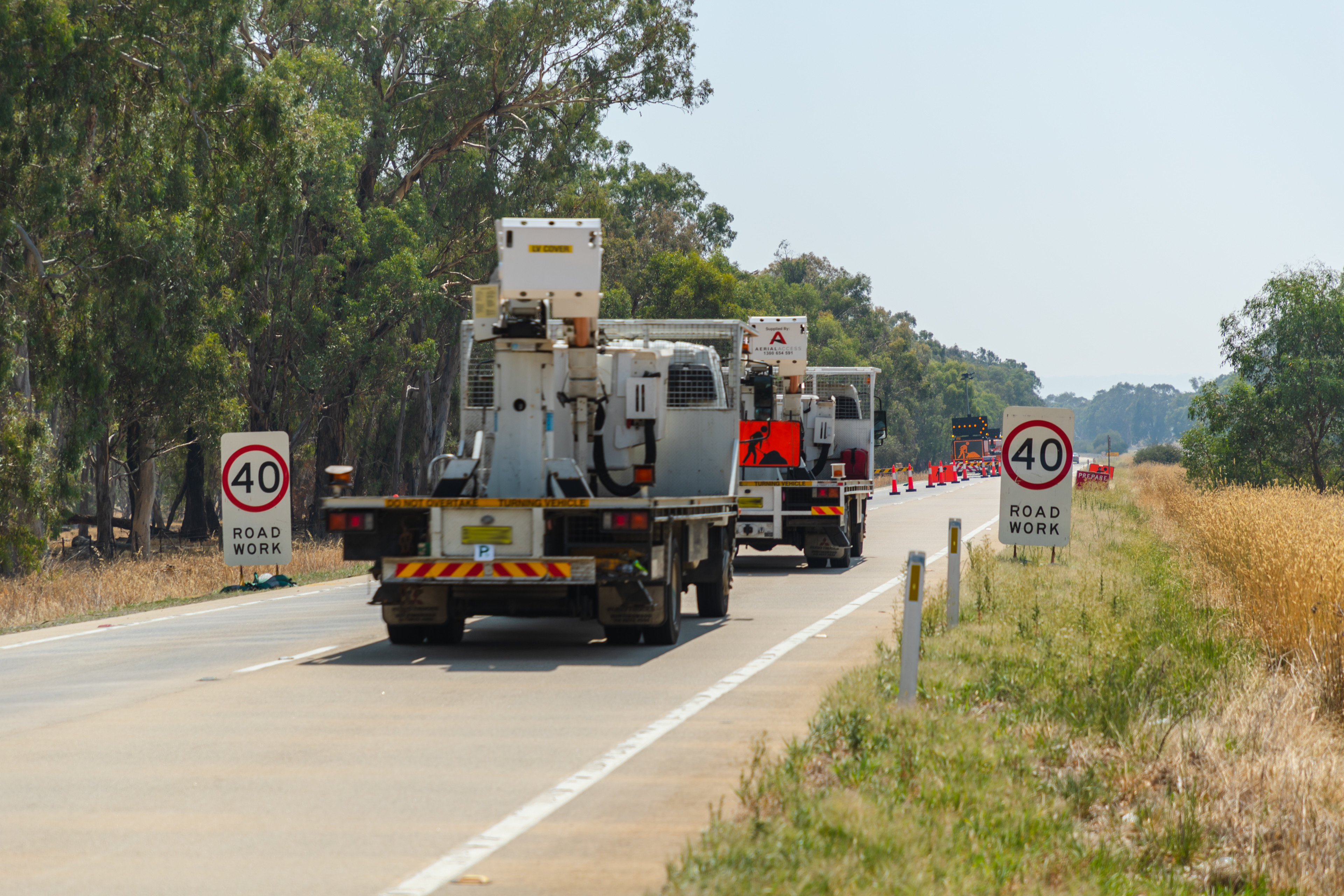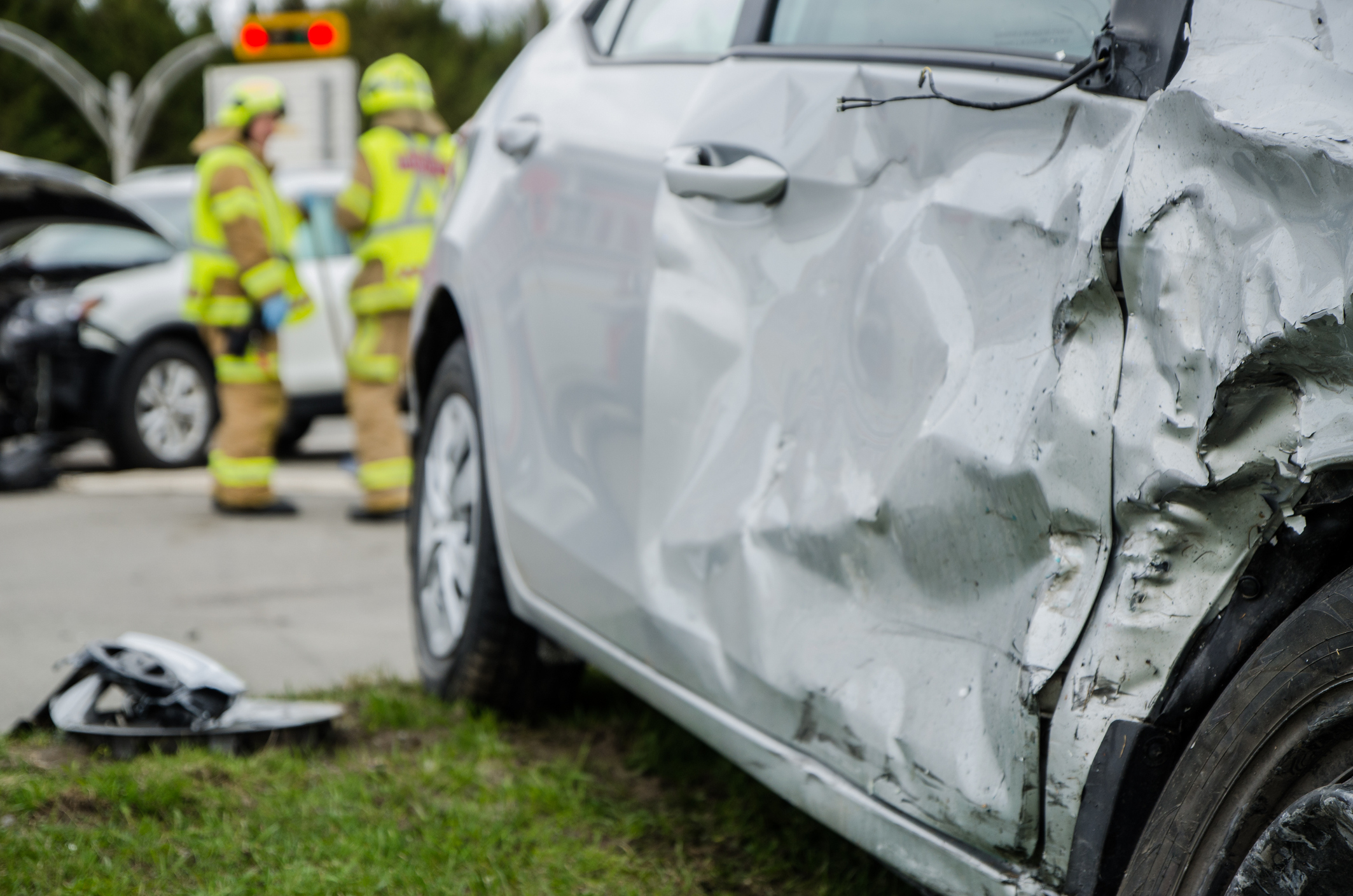The risk factors examined included the vehicle type, vehicle age, whether a restraint or helmet was worn, the nature of the crash and whether the crash occurred during peak periods.
The study also included location specific risk factors such as prevailing environmental conditions (i.e. sunrise, sunset, night time), the built-up or rural character of an area, and the distance to a high-care emergency medical facility (Principal Referral Hospital).
The study found that the rural character of an area significantly increased the risk of a fatal crash. The distance to a Principal Referral Hospital was also found to be statistically significant, however, the magnitude of the effect was relatively small when compared with other risk factors.
Other factors identified as increasing the risk of fatality compared with the base case were:
- being male
- being 64 or older
- not wearing a restraint (seatbelt or helmet) appropriate to the vehicle type
- riding a motorcycle or a pedal cycle
- travelling in the front and back passenger seats of light vehicles.
Characteristics identified as increasing the risk of fatality compared with the base case were:
- a head-on crash
- a crash involving a heavy vehicle
- a crash where at least one vehicle ran off the road
- a single vehicle crash
- a crash where at least one driver failed an alcohol test
- crashes at night or during dusk.
Download data
To download the full report, see Location and Other Risk Factors in Crashes(Opens in a new tab/window)
Limitations
The study was conducted at the national level with the regression analysis including jurisdiction ‘dummy’ variables. Varying levels of state and territory reporting of non-fatal outcomes mean that the reported coefficients of the jurisdiction variables reflect differences in data collection and cannot be interpreted as a measure of differences in fatality risk between jurisdictions.
Explore related data and insights
Have a question or feedback?
Contact the Road Safety Data Hub team




